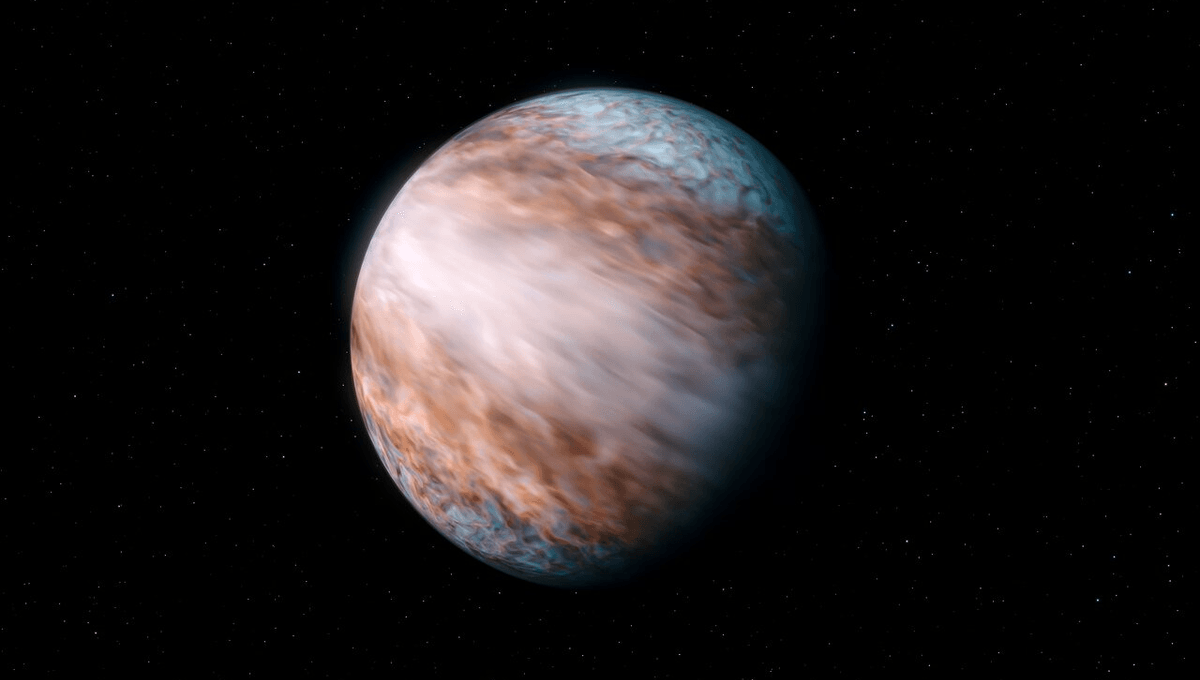
Astronomers have measured the wind speeds on a faraway world and found that they without comparison, not only to anything on Earth but also in the Solar System. Exoplanet WASP-127b is a hot Jupiter, a gas giant planet orbiting very close to its star. The system is more than 500 light-years away, and observations suggest that it has dramatic weather and a jetstream with a speed of about 9 kilometers per second (5.6 miles per second).
ADVERTISEMENT GO AD FREE
The speed of sound on WASP-127b is likely to be different from that on Earth, just as it is different on Mars – however, if winds reached these speeds on our planet, that would be equivalent to 28 times the speed of sound, or Mach 28. The fastest wind in the Solar System, measured on Neptune, is but a fraction of that at 0.5 kilometers per second (about 1,100 miles per hour).
Researchers were studying the atmosphere of the planet, thanks to the fact that is quite puffy. It is larger than Jupiter, but a lot less massive – basically, it is so close to its star that it is inflated. So when the planet passes in front of its star, the light filters through its atmosphere, and researchers can see which chemical elements are absorbing light, leaving behind a chemical fingerprint.
The team used the CRIRES+ instrument on the European Southern Observatory’s Very Large Telescope and discovered the presence of water vapor and carbon monoxide in its atmosphere. The signal of these chemicals was peculiar, it had a characteristic double peak, as if part of it was moving quickly towards us and part of it was moving away from us. The only explanation was the presence of an extreme wind speed.
“Part of the atmosphere of this planet is moving towards us at a high velocity while another part is moving away from us at the same speed,” lead author of the study Lisa Nortmann, a scientist at the University of Göttingen, Germany, said in a statement. “This signal shows us that there is a very fast, supersonic, jet wind around the planet’s equator.”
“This is something we haven’t seen before.”
The planet is tidally locked to its star, like the Moon is to Earth. One side of the planet is in constant sunlight, and the other is in perennial darkness. This creates a temperature difference between the equator where the jet stream is located and the much cooler poles. There is also a temperature difference between the morning and evening terminator – the line between night and day.
ADVERTISEMENT GO AD FREE
“This shows that the planet has complex weather patterns just like Earth and other planets of our own System,” added Fei Yan, co-author of the study and a professor at the University of Science and Technology of China.
The paper is published in the journal Astronomy & Astrophysics.
Source Link: Extreme 9-Kilometer-Per-Second Winds Spotted On Distant Exoplanet Are The Fastest Of Their Kind